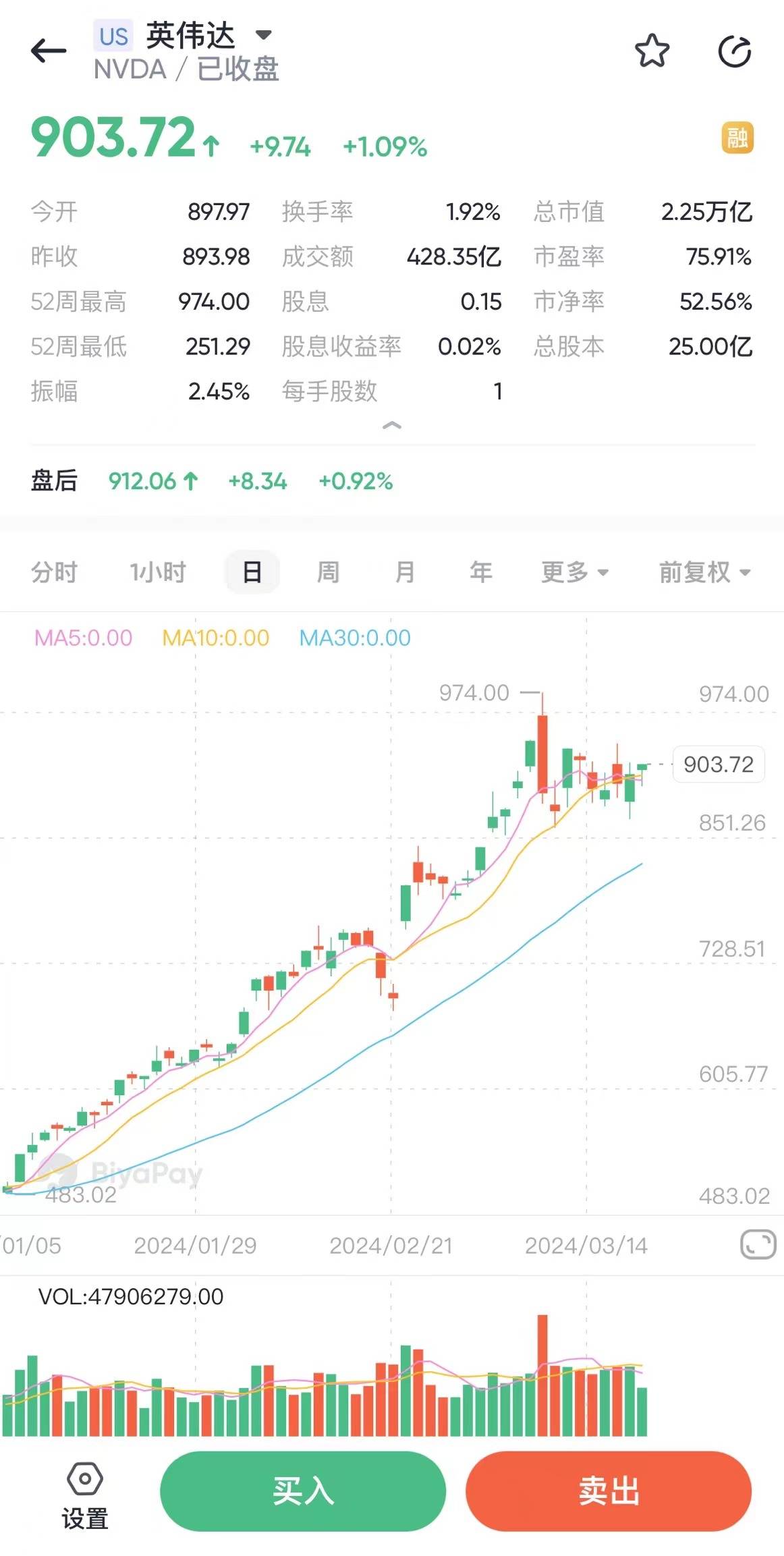- Remittance
- Exchange Rate
- Stock
- Events
- EasyCard
- More
- Download
NVIDIA—The 'Wind Beneath the Wings' of AI, GTC Releases the 'Strongest on Earth' B200 Chip! Can the
If there is one company that can move the capital market and the hearts of global tech firms, it is undoubtedly NVIDIA.
In the early hours of March 19, NVIDIA’s founder Jensen Huang delivered a keynote speech titled “Witnessing the Moment of AI Transformation” at the GTC 2024 conference in San Jose, California, capturing global attention.
In his speech, Huang introduced NVIDIA’s latest generation AI chip—the Blackwell GPU.
This new generation AI graphics processor (GPU) not only exhibits superior capability in processing trillion-parameter-scale large language models (LLM), enabling the construction and operation of real-time generative AI, but also astonishingly reduces cost and energy consumption by 25 times compared to its predecessor, indicating NVIDIA’s further consolidation of its leading position in AI computation.
NVIDIA also released the GB200 NVL72, integrating its latest achievements in data center hardware solutions, including GPUs, DPUs, and NVLink technologies, forming the engine behind large language models.
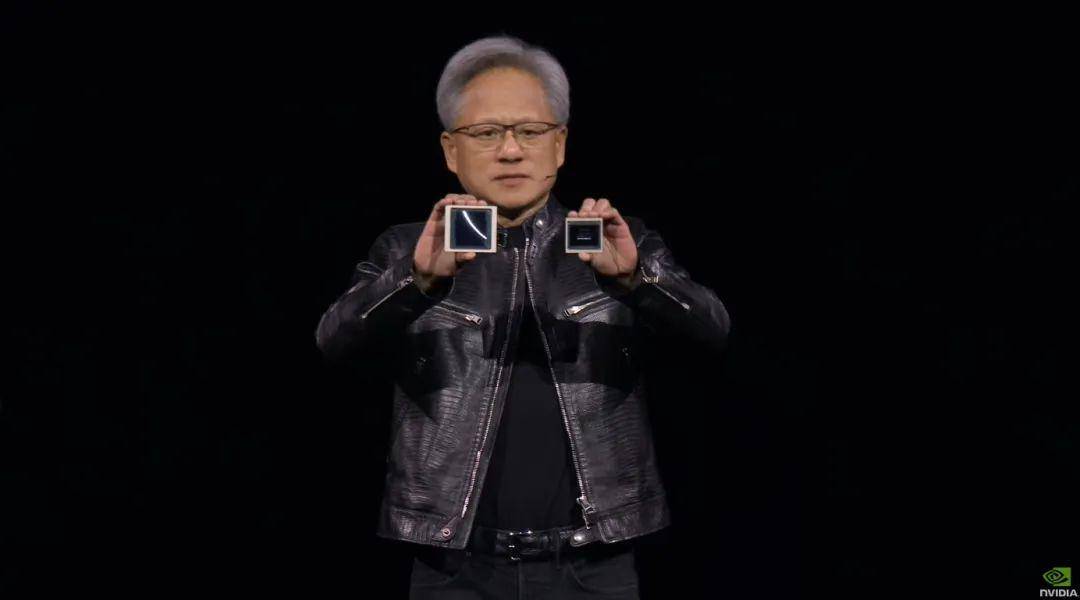
In addition to hardware systems, NVIDIA has also utilized generative AI to build a series of metaverse, industrial digital twin, and robotics training software systems.
At this year’s GTC, NVIDIA launched the humanoid robot foundation model Project GR00T, aiming to further advance its breakthroughs in robotics and embodied intelligence.
At the conference, Huang showcased how several humanoid robots powered by GR00T, including products from Agility Robotics, Apptronik, Fourier Intelligence, and Unitree Robotics, performed various tasks.
Robots driven by GR00T will be able to understand natural language and mimic actions by observing human behavior. They can quickly learn to coordinate various skills, exhibiting greater flexibility to adapt and interact with the real world.
NVIDIA has also developed a new type of robot brain chip, Jetson Thor, capable of executing complex tasks and processing multiple sensors with a Transformer engine.
According to reports, Jetson Thor is a new computing platform that can execute complex tasks and interact with people and machines safely and naturally. It features a modular architecture optimized for performance, power consumption, and size. This SoC includes a next-generation GPU with a transformer engine, based on NVIDIA’s Blackwell architecture, delivering 8-bit floating-point AI performance of 8 trillion operations per second, capable of running multimodal generative AI models like GR00T. With an integrated functional safety processor, high-performance CPU clusters, and 100GB Ethernet bandwidth, it greatly simplifies design and integration efforts.
Huang expressed, “Developing a general-purpose humanoid robot foundation model is one of the most exciting topics in the AI field today. Robot technology leaders worldwide are converging various enabling technologies, striving to achieve breakthroughs in the field of artificial general-purpose robots.”
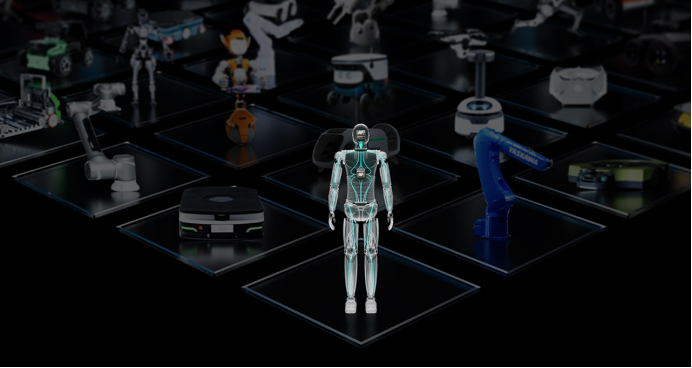
About NVIDIA’s Legendary Story
With a sixfold increase in market value to over $2 trillion within just 15 months, becoming the world’s third-largest tech company after Apple and Microsoft, NVIDIA has garnered much attention, especially in the AI era. As the “hottest” company globally, any movement by NVIDIA becomes a focal point in the tech world.
Thus, it’s worth pondering what has laid the foundation for NVIDIA? What allowed it to stand out as the AI wave surged? And how did it demonstrate even stronger dominance?
Firstly, what made NVIDIA?
The answer is not hard to find, looking at NVIDIA’s founder, Jensen Huang.
From 1984 to 1992, after graduating from Stanford, Huang joined American micro-device giant ADM and chip company LSI Logic, working on graphics processing hardware development and hardware sales, and later became a director at LSI.
In 1993, Huang identified a gap in the 3D graphics accelerator processor field and co-founded NVIDIA. However, its initial products, NV1 and NV2, received lukewarm responses, putting NVIDIA at risk of bankruptcy.
In 1999, Huang shifted focus from the gaming market to the PC market and launched the world’s first revolutionary product—the GPU (Graphics Processing Unit). Its distinguishing feature was its independence from the CPU (Central Processing Unit) framework, becoming a standalone computational hardware.
In the early 21st century, the popularity of FPS (First-Person Shooter) games significantly raised players’ demands for device image processing. The advent of the GPU greatly enhanced the gaming experience for PC players, quickly leading to a partnership between NVIDIA and Microsoft. The demand for NVIDIA’s graphics cards for Microsoft’s PC and Xbox consoles stabilized NVIDIA’s market position and gradually established its leadership in the graphics card domain.
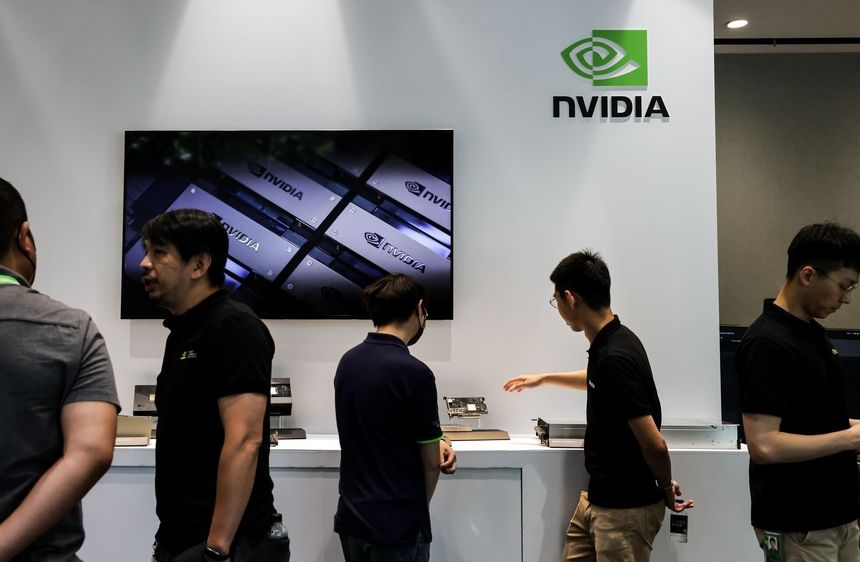
However, Huang soon realized NVIDIA’s over-reliance on Microsoft, which shaped its product design within Microsoft’s ecosystem, also enabling Microsoft to reap larger profits. This realization underscored the importance of building a strong software ecosystem, leading to the development of NVIDIA’s CUDA architecture—a programming language, a high-performance compilation system, and a series of high-performance function libraries.
This robust ecosystem creation fostered strong user loyalty, posing a challenge for other hardware manufacturers competing with NVIDIA. They faced two choices: either rebuild their software ecosystem, incurring substantial costs and risking high user loyalty to NVIDIA, or adopt CUDA, aligning with NVIDIA’s product trajectory.
As other tech giants realized, NVIDIA had established a deep moat. Even if competitors could use CUDA-written code on other platforms, they still faced lengthy debugging and various uncertainties, leading them to eventually align with NVIDIA, thus maturing the CUDA ecosystem.
This might be why Huang can confidently assert that competitors, even if free, cannot defeat NVIDIA. His long-term strategic vision and NVIDIA’s robust “hardware + software” ecosystem have shaped the current stature of NVIDIA.
So, why NVIDIA?
The editor believes it boils down to:
- Huang’s long-term vision in the AI domain,
- NVIDIA’s strong product capabilities,
- Huang’s solid industry “network.”
Firstly, Huang’s success in AI was not overnight.
Since 2012, NVIDIA began using GPUs to accelerate deep learning computations, providing reliable hardware support for subsequent AI research and applications.
From 2015, NVIDIA significantly powered into the AI sector, launching the NVIDIA GeForce GTX TITAN X, the strongest processor available for training deep neural networks, becoming the go-to for the first generation of deep learning developers. Moreover, Huang engaged with various internet companies, advocating for the integration of deep learning into algorithm, search, and image recognition applications.
In 2016, representing NVIDIA, Huang donated the world’s first high-performance AI application supercomputer system, DGX-1, to the then relatively unknown OpenAI, laying the groundwork for OpenAI’s future success.
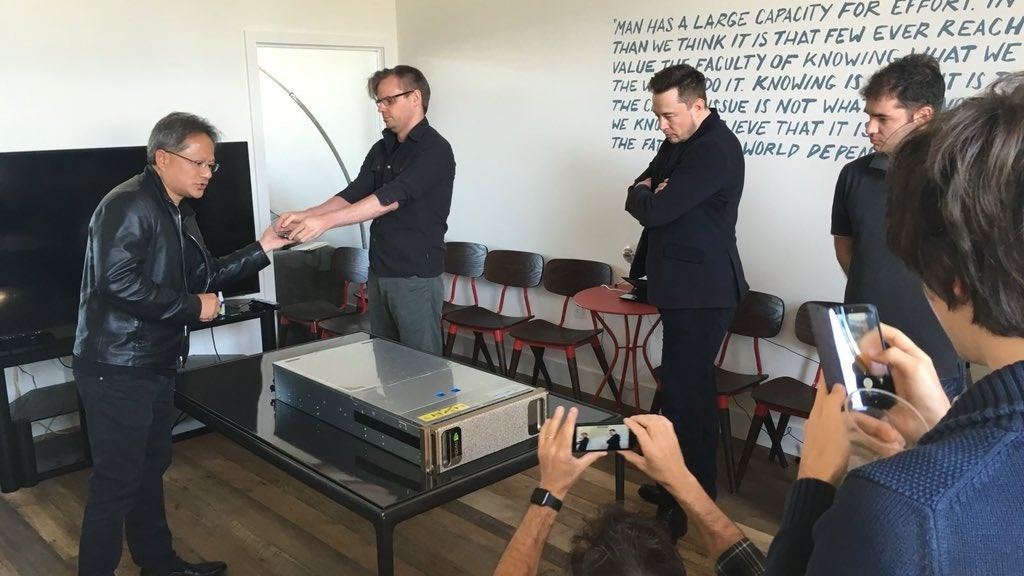
Secondly, NVIDIA’s product strength is crucial in establishing its foothold in the AI domain.
In 2018, it introduced the NVLink technology.
NVLink technology a high-speed interconnect between GPUs and CPUs in acceleration systems, first used to connect two supercomputers, Summit and Sierra. NVLink resolved the bottleneck in GPU intercommunication, solving the challenge where the sum of parts was less than the whole.
Finally, Huang’s industry “network” plays a role.
TSMC’s founder Morris Chang provided significant support to NVIDIA, maintaining close contact with Huang and ensuring NVIDIA’s chip production needs.
Charles Liang, founder of Supermicro, being a good friend to Huang, often prioritized purchasing NVIDIA GPUs, enhancing market competitiveness, and supported NVIDIA’s technological innovations. These relationships contributed to NVIDIA’s success.
Is it NVIDIA shaping AI, or AI shaping NVIDIA?
After NVIDIA’s stock price surpassed $900, market opinions diverged. Some considered NVIDIA overvalued, hinting at a bubble, while others saw further potential, forecasting a stock price of $1000.
Without delving into the correctness of these views, it’s worth analyzing their roots.
The bearish perspective views NVIDIA’s star effect and the mediocre AI performance of leading companies like Apple, Microsoft, and Google, along with uncertainties in AI’s commercial model and profitability.
On the bullish side, it’s believed that the AI era is just beginning, with large-scale applications yet to emerge, indicating significant profit opportunities for NVIDIA and the AI industry.
Thus, investors are speculating about NVIDIA’s future trajectory.
So, returning to NVIDIA itself, is it the iteration of AI that limits its development? Can NVIDIA’s stock price break 1000? If you are one of them, are you bullish or bearish?
Contrary to concerns, NVIDIA’s technological advancements dictate AI’s development pace. Similar to how the evolution of smartphone hardware catalyzed the explosion of app applications, once GPU performance and cost-effectiveness reach a certain threshold, it will trigger exponential growth in AI applications.
On a recent Tuesday, U.S. stocks closed higher, with the S&P 500 index reaching a record close. NVIDIA’s shares initially dropped by approximately 3.9% but rebounded strongly following Huang’s speech at the GTC conference, closing up 1.07%. This robust turnaround in NVIDIA’s stock price not only generated a positive market response for NVIDIA but also supported many AI-related stocks, mitigating their losses and even turning negative into positive.
The editor suggests investing through a credible brokerage, like Charles Schwab, known globally. Opening an account with Charles Schwab provides a bank account that allows funding with cryptocurrencies like USDT into a multi-asset wallet, BiyaPay, and then withdrawing fiat currency for investing in U.S. stocks. Investors can search for stock codes on the platform and purchase accordingly, monitoring stock prices regularly and making transactions at opportune times.
